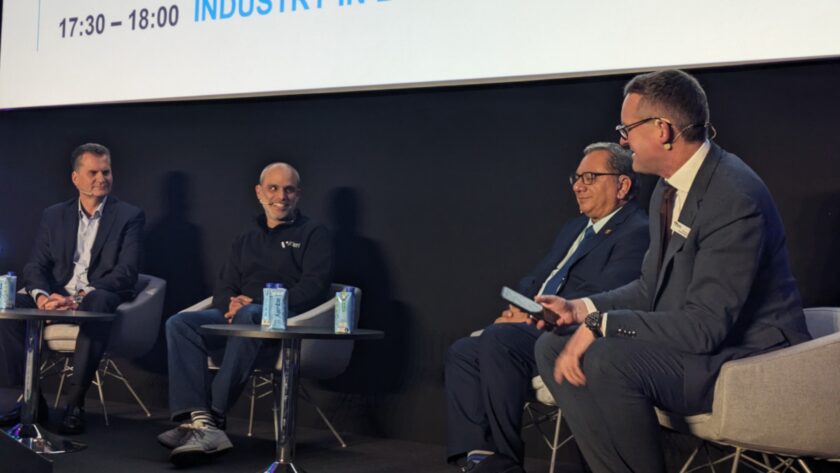Barcelona | The economic relationship between Spain and Latin America has always been a special one. The ProAV industry, in particular, has become a focal point for collaboration between those regions. At the ISE European Latin American Summit, Florian Rotberg from invidis engaged with experts to explore opportunities for market players on both sides of the ocean.
The relocation of ISE to Barcelona has brought about significant changes, making the event more Spanish-centric while simultaneously expanding its global reach. Spain, with major cities like Madrid and Barcelona, serves as a hub within the Spanish-speaking world, which benefits ISE. The ProAV show now not only attracts a larger local audience and exhibitors, but is also becoming a platform for the Latin American ProAV industry. Consequently, it symbolizes cross-continental cooperation in both business and politics.
To further support this exchange, ISE introduced the European Latin American Summit (ELAS) this year. Within the summit, Florian Rotberg, representing invidis, moderated the ProAV Integrator Panel. With his guests, he discussed how cooperation between Europe and Latin America can look like within the digital signage industry.
What differentiates customers in Latin America?
Customers in Latin America, according to Alberto Caceres, CEO of digital signage integrator Trison, are often not all that different from those in Europe and the Middle East. He explained how Trison successfully executed prestigious projects in Latin America, such as the LED tower in the Falabella Shopping Mall in Santiago de Chile, known as one of the most modern department stores globally. Just as in Europe and the Middle East, Alberto Caceres sees increased demand for immersive experiences in Latin America, especially in premium retail.
However, it’s not just the luxury sector that demands fully integrated digital signage solutions. Trison’s clientele extends to institutions like Lima Airport and the Sao Paulo Metro. What unifies these diverse customers, whether luxury car dealers in Saudi Arabia or metro systems in Brazil, is their shared aspiration for high-quality installations adhering to the latest standards. “All our customers, regardless of region and sector, are companies with great ambitions”, Caceres says.

The special position of Spanish companies in Latin America
Spanish digital signage integrators, such as Trison, typically find it easier to navigate the Latin American market. This advantage, as explained by Eduardo Montagut, Managing Director EMEA at Videri, can be attributed in part to historical factors. Having worked in ProAV and telco companies across Colombia, Mexico, Canada, and Spain, Montagut notes the significant investments made by Spanish companies in Latin America, particularly during the 1990s. Another big aspect, according to Eduardo Montagut, is the linguistic and cultural connection between Spain and Latin America.
ProAV as a special interest industry in Latin America
Carlos Anderson, a Peruvian congressman, also took part in the panel discussion. For his goal to bolster his country’s economy, he highlights the importance of sectors like ProAV. “If we want to move the country forward quickly, the economy must grow quickly. To do this, we need to focus on sectors with sustainable growth”, says Anderson. He views the ProAV industry as particularly promising for Peru due to its egalitarian nature and low barriers to entry. What many people don’t know is that companies based in Peru benefit from 17 free trade agreements, including ones with the USA and China.
This makes Latin America interesting for the ProAV industry in two ways. Firstly, the region offers expansion potential for European companies, especially integrators. Secondly, the industry also offers a lot of scope for Latin American companies given its growth-oriented nature and accessible entry points. In that way, ProAV may serve as an economic engine for the region.

